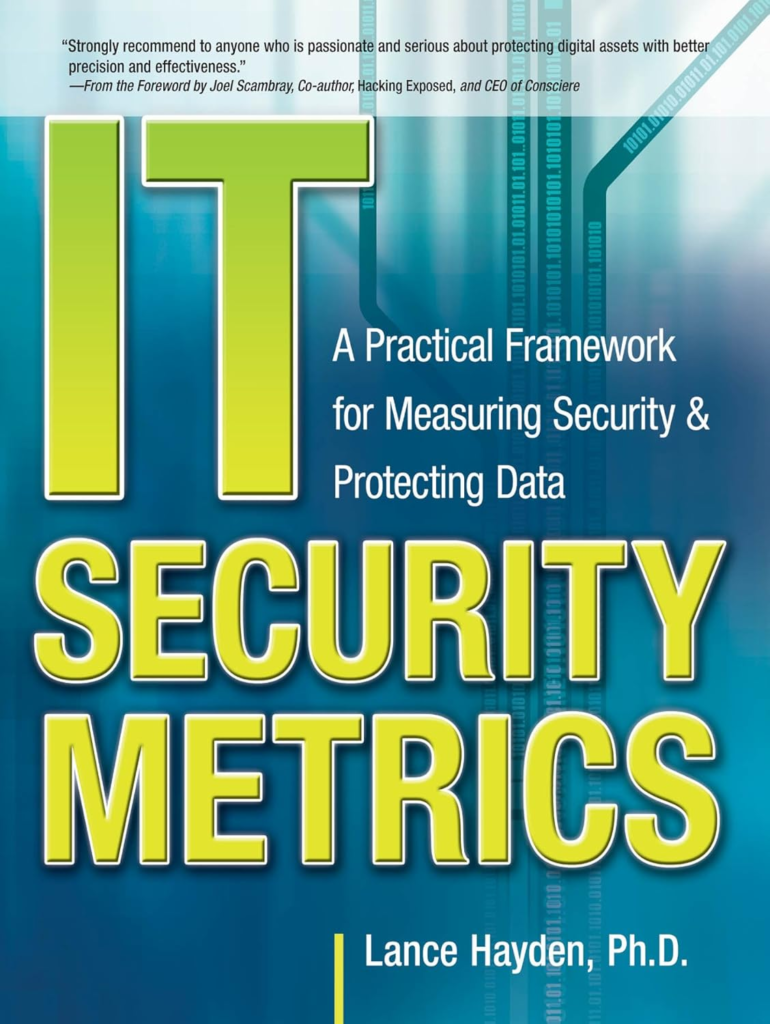Understanding Encryption: What It Is and How It Works
Encryption is a fundamental technology used to secure sensitive information from unauthorized access. At its core, encryption involves converting plaintext, which is easily readable data, into ciphertext, a non-readable format. This transformation is achieved through the use of algorithms and keys. The algorithms, which are mathematical procedures, dictate how the data is transformed, while keys serve as the secret codes required to lock and unlock the data.
There are two primary types of encryption: symmetric and asymmetric. Symmetric encryption uses a single key for both encryption and decryption. This means that the same key must be shared between the sender and the recipient to access the original data. Examples of symmetric encryption include the Advanced Encryption Standard (AES) and the Data Encryption Standard (DES). This method is often favored for its speed and efficiency in handling large amounts of data.
In contrast, asymmetric encryption utilizes a pair of keys: a public key and a private key. The public key is distributed openly, allowing anyone to encrypt a message, while the private key remains confidential to the owner, enabling them to decrypt messages that are intended for them. A well-known example of asymmetric encryption is the RSA algorithm, commonly used in secure communications like emails and online transactions.
Encryption is applied in various contexts, including online banking, where it protects sensitive financial data, and messaging applications, which ensure that messages remain confidential between users. By employing encryption, businesses and individuals can safeguard their information against cyber threats, thereby enhancing the privacy and security of their digital interactions. Through understanding its key aspects, we can appreciate the pivotal role encryption plays in protecting sensitive data in our increasingly digital world.
(Purchase today by clicking on the image)
The Importance of Protecting Sensitive Data
In the contemporary digital landscape, the protection of sensitive data is paramount. As organizations and individuals increasingly rely on technology to manage vast amounts of information, the risks associated with data vulnerabilities have become more pronounced. Sensitive data encompasses a range of information, including personal identification information (PII), financial data, and confidential business details. Each type of sensitive data requires diligent protection, as exposure or theft can lead to significant negative consequences.
Personal identification information, such as Social Security numbers, addresses, and personal contact details, is particularly vulnerable and valuable to cybercriminals. Unauthorized access to this information can facilitate identity theft, allowing criminals to impersonate individuals and conduct fraudulent activities. Similarly, financial data, including bank account information and credit card numbers, is a prime target for hackers seeking to exploit financial resources. The repercussions of a financial data breach often extend beyond individual victims, affecting financial institutions and businesses that manage such data.
Confidential business details, which may include trade secrets, proprietary research, and customer data, also require rigorous protection. A breach of this nature could result in substantial reputational damage, diminished customer trust, and potential legal ramifications. Such consequences not only threaten an organization’s financial stability but also jeopardize its competitive edge within the market.
Moreover, organizations that fail to secure sensitive information face hefty penalties under various data protection regulations, highlighting the legal imperative to maintain stringent security measures. A compromised data environment can lead to severe financial losses, necessitating costly remediation efforts and compensatory claims. The implications of unprotected sensitive data extend beyond immediate financial concerns, underscoring the critical importance of implementing robust data protection strategies in today’s increasingly interconnected world.
Encryption Techniques and Best Practices
Encryption remains a critical aspect of safeguarding sensitive data across various platforms and systems. The effectiveness of encryption relies on the techniques employed, which can take various forms, including end-to-end encryption, at-rest encryption, and in-transit encryption. End-to-end encryption ensures that data is encrypted before it leaves the user’s device and only decrypted by the intended recipient, thus mitigating the risk of interception by unauthorized entities during transmission.
At-rest encryption protects data stored on devices and servers, ensuring that sensitive information remains secure even if a data breach occurs. Similarly, in-transit encryption secures data during transmission over networks, making it essential for online communication and data exchanges. To bolster the security of these methodologies, employing recognized encryption standards such as the Advanced Encryption Standard (AES) and Rivest-Shamir-Adleman (RSA) is paramount. AES, known for its symmetric key encryption, is widely adopted globally for encrypting data due to its robust security features. Conversely, RSA, a public-key cryptographic system, is predominantly used for securing sensitive data exchanges and establishing secure channels.
Implementing strong encryption measures entails adhering to established best practices to maximize data protection. Key management is fundamental; it is crucial to securely store and control access to encryption keys, as their compromise can undermine the entire encryption process. Regular audits should be conducted to assess the effectiveness of encryption protocols and identify any potential vulnerabilities. Moreover, organizations must ensure that their encryption practices comply with relevant regulations, such as the General Data Protection Regulation (GDPR) and the Health Insurance Portability and Accountability Act (HIPAA), thereby fortifying their commitment to data privacy and security.
The Future of Encryption and Emerging Trends
As we advance into a more interconnected digital age, the future of encryption promises to be both transformative and challenging. One of the most significant trends shaping this landscape is quantum encryption. Quantum encryption leverages the principles of quantum mechanics to provide an unprecedented level of security that could redefine how sensitive data is protected. This technology allows for the creation of cryptographic keys that are theoretically unbreakable, thereby offering a strong defense against potential hackers utilizing advanced computing abilities.
This shift to quantum encryption raises important questions regarding its implementation and widespread adoption. Organizations must assess their current encryption strategies and consider transitioning to quantum-resistant algorithms. Such transitions may require significant investment and a shift in operational paradigms; however, the long-term benefits, including enhanced data security and compliance with emerging regulations, could significantly outweigh these costs.
Furthermore, as cyber threats become increasingly sophisticated, the encryption landscape will need to adapt. Advances in artificial intelligence and machine learning are expected to enhance cryptographic techniques, allowing for the development of adaptive encryption methods that can respond to real-time threats. These advancements enable organizations to not only safeguard sensitive data effectively but also to predict and mitigate potential security breaches before they occur.
Challenges remain, however, as organizations grapple with the complexities of integrating new technologies into existing infrastructure. The balancing act between user accessibility, data protection, and compliance with regulatory frameworks will continue to be a major concern. As encryption technology evolves, businesses must remain vigilant and proactive, ensuring that their data protection strategies evolve in tandem with the ever-changing cyber threat landscape.
(Purchase today by clicking on the image)






